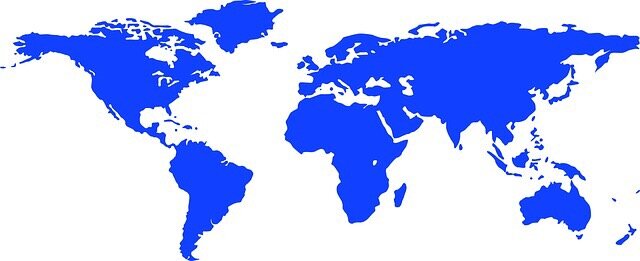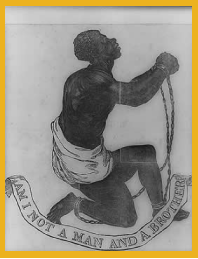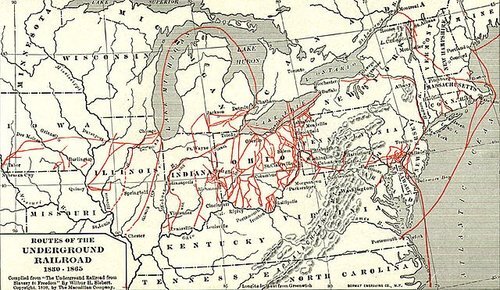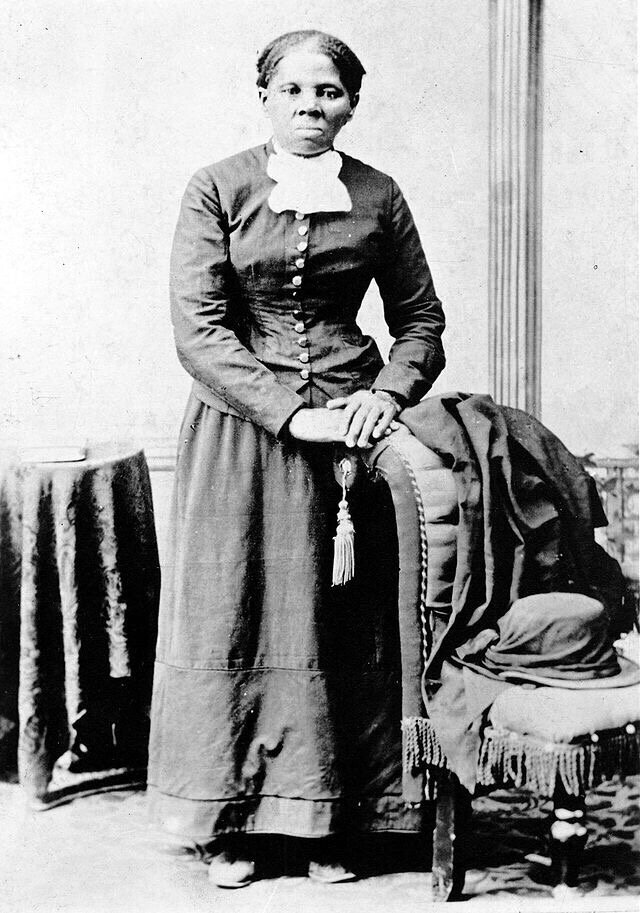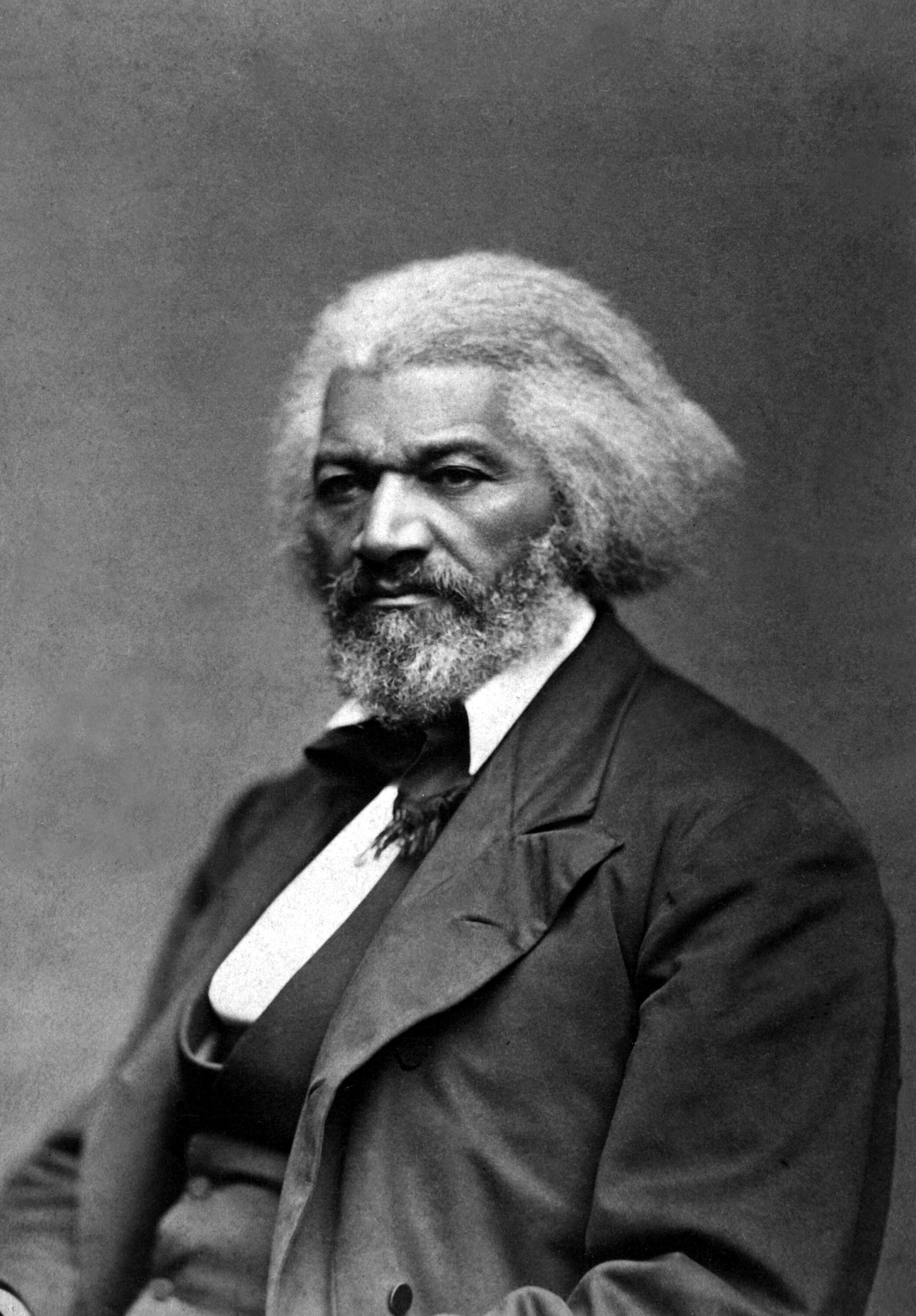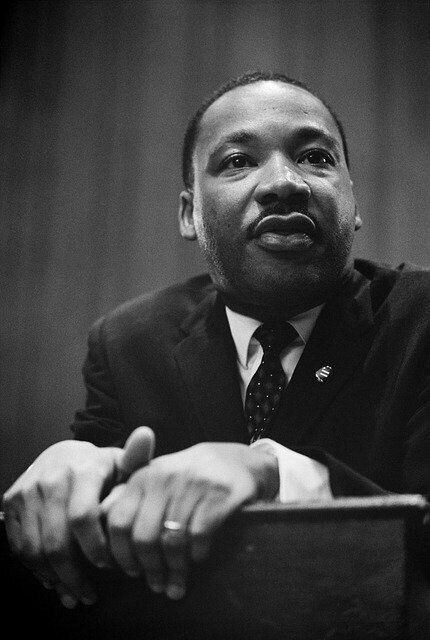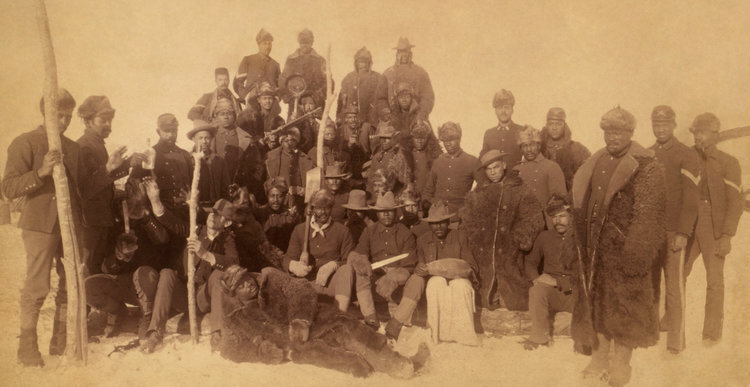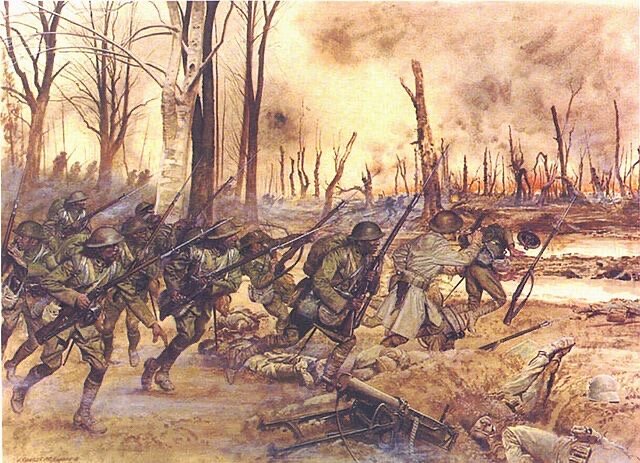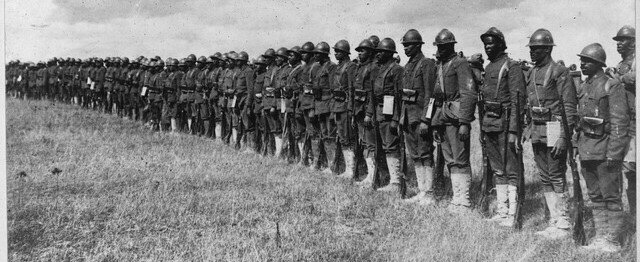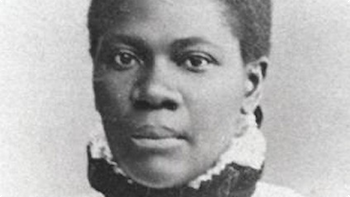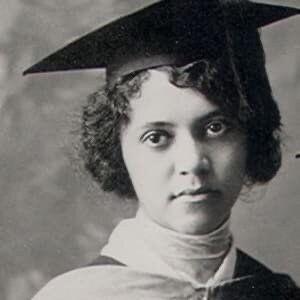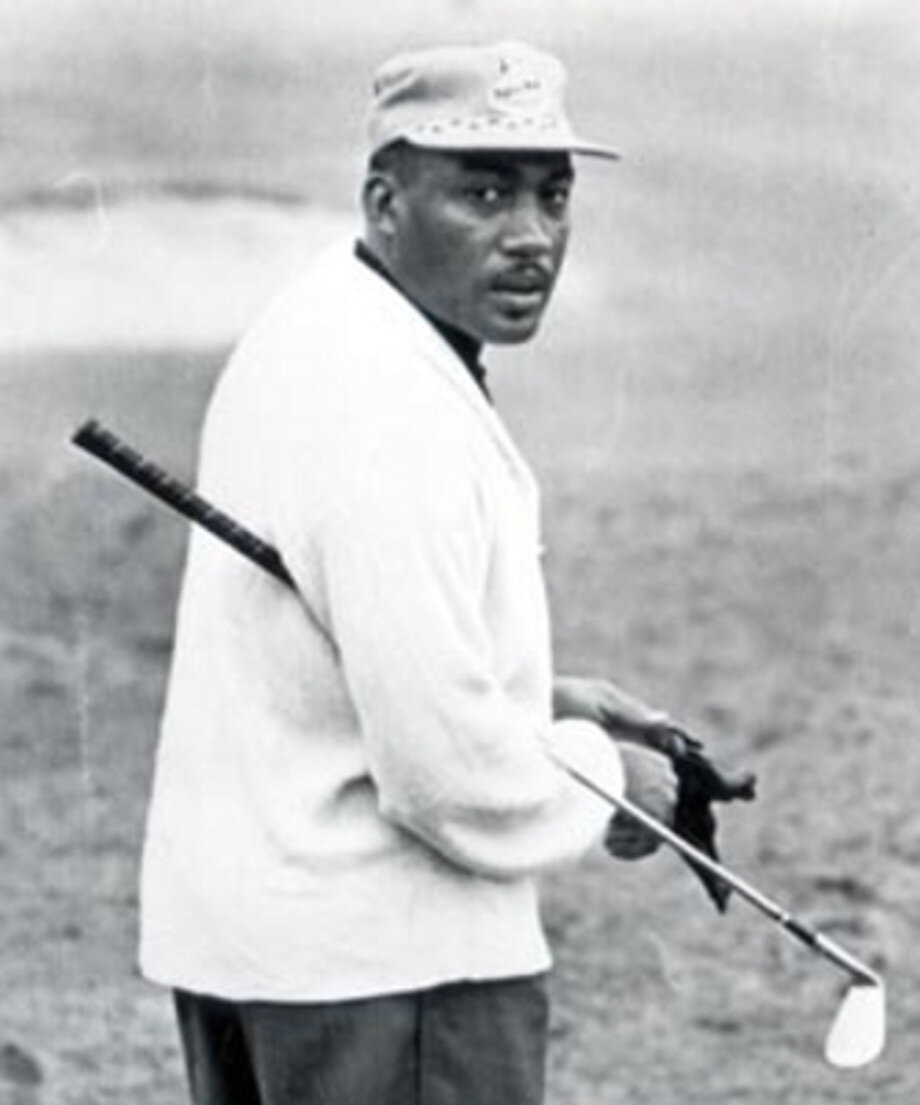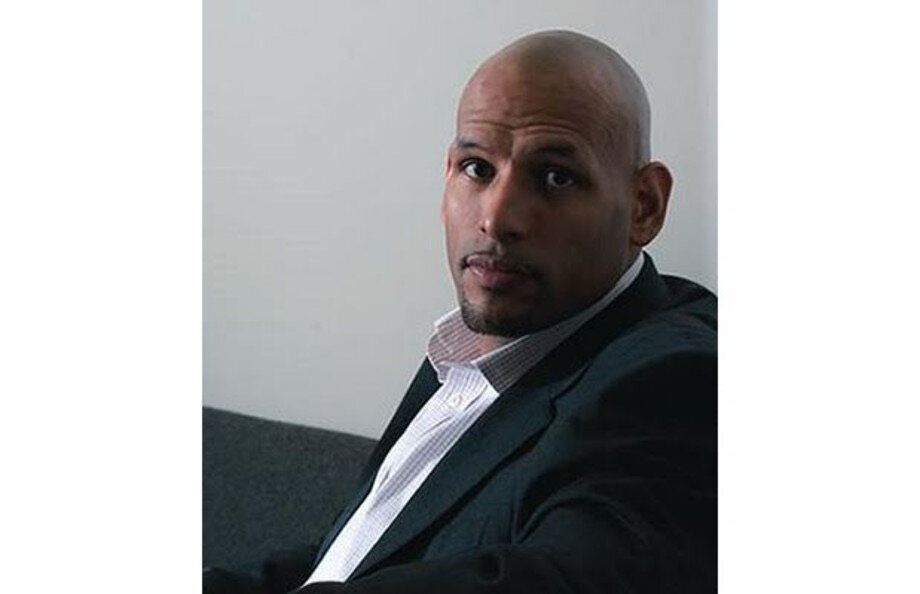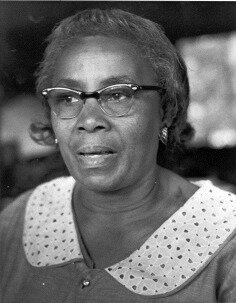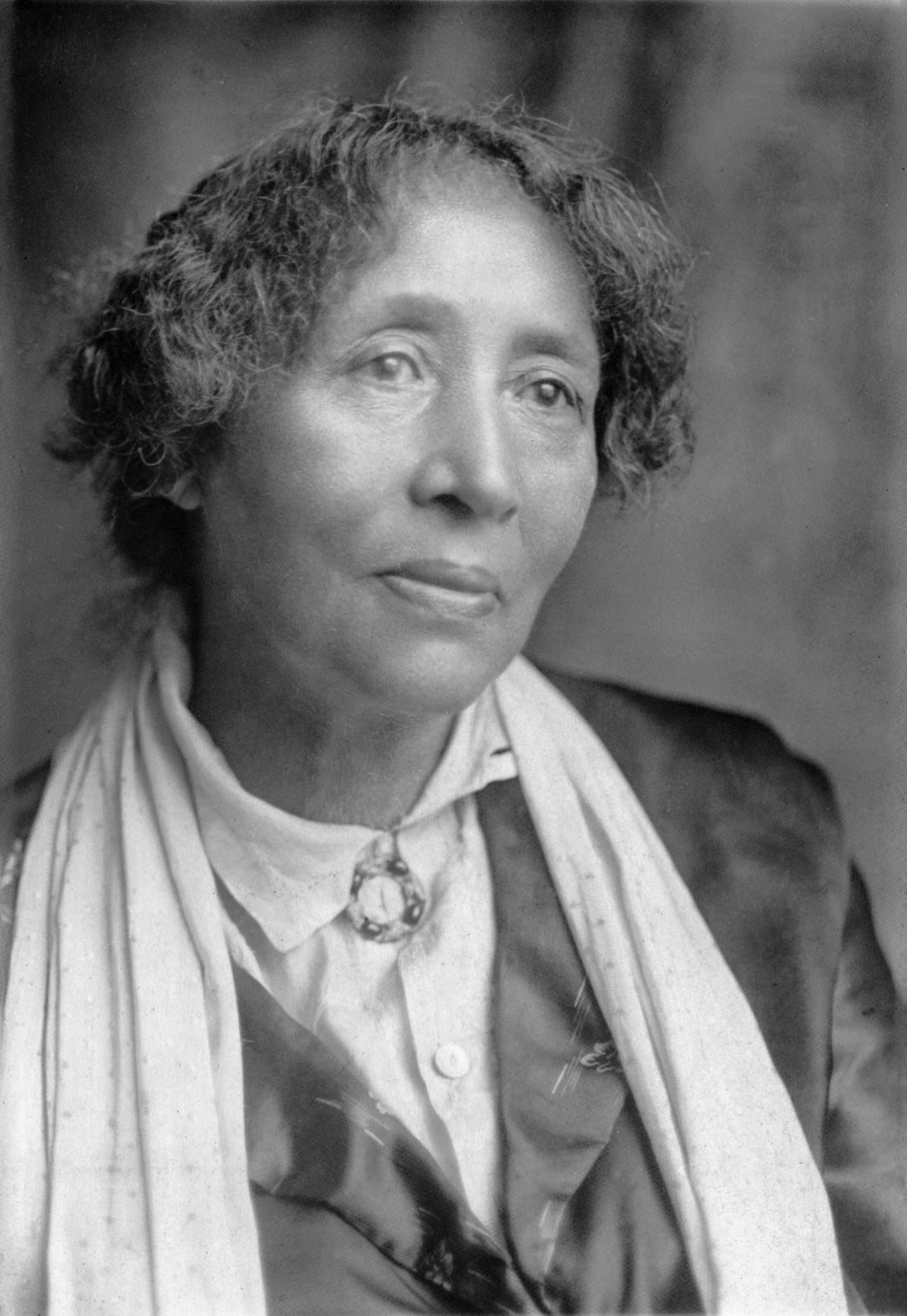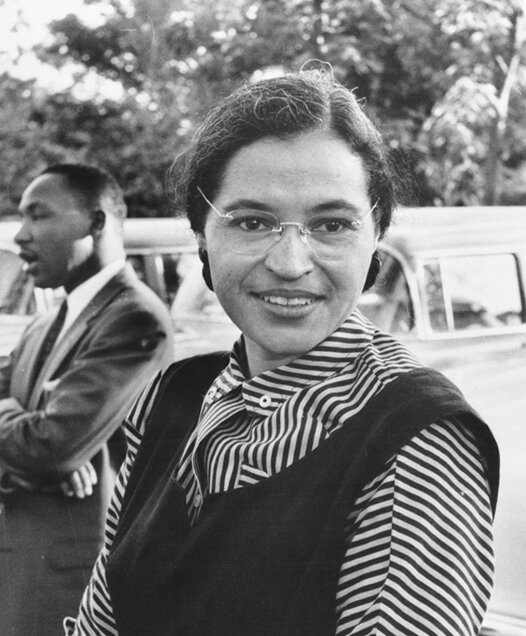The Virginia Colony was founded at Jamestown in 1607. The first ship carrying enslaved Africans to America arrived in 1619. Most records have been destroyed, but the ship, the White Lion, carried somewhere in the neighborhood of 20 Angolans who were originally part of a group of about 350 Africans captured by Portuguese colonial forces.
Forced to march to the port of Luanda, the prisoners were loaded onto the slave ship San Juan Bautista for transport to Veracruz in the colony of New Spain. About 150 prisoners died in transit before the San Juan Bautista was attacked by two privateer ships, the Treasurer and the White Lion. Crews from the two ships stole up to 60 Africans. On August 20, 1619, the captain of the White Lion traded roughly 30 of their prisoners in exchange for food.
According to several historians, these prisoners were technically sold as indentured servants who were supposed to eventually be released once their debt was repaid. There are some official records in existence to suggest that a few of these Angolans eventually did earn their freedom, but the circumstances of their being kidnapped and forced into servitude without their consent meets the standards established by the Universal Declaration of Human Rights to define enslaved peoples.
With the arrival of the White Lion, the colonies became part of the trans-Atlantic slave trade which started in the early 1500’s and continued into the mid-1800s. The trade uprooted approximately 12 million Africans who were scattered between South America, the Caribbean and North America.
A son born to two of the prisoners, Antonio and Isabella, who were sold to Captain William Tucker, the commander of Port Comfort became the first African child born in the colonies. Under the laws of the time, he was born a free man.
With fewer white indentured servants coming to America, indentured servants of African origin were in greater demand and often made to work past their terms of servitude. Many were held for life. In 1640, a Virginia court sentenced John Punch, a rebellious servant of African origin to a lifetime of slavery.
In 1662, a Virginia court ruled children born to an enslaved mother were the property of the mother’s owner instead of freemen.
With the development of the cash crops tobacco, cotton and sugar, which were labor intensive, the prospect of a permanent free labor force was attractive to planters in the southern colonies with climates better suited to growing these crops.
Though the slave trade was outlawed in 1807 and opposition to slavery by northern abolitionists in America challenged the laws defining enslaved people and their offspring as chattel (the personal property of their owners) these laws allowed slavery in America to flourish until the Civil War. In an 1860 census there were almost 4 million people classified as enslaved people making up roughly 13% of the population of the United States, but living primarily in the southern states and a few territories.
During the 246 years of slavery and nearly 100 years of Jim Crow Laws following the end of the American Civil War, important historic contributions of Blacks Americans have been largely ignored in American history books.
The stain of slavery can and should never be erased from our history books, but Black History Month is an opportunity to discuss more than slavery. It is an opportunity to learn about the lives and contributions of Black Americans which belong in our history books.
This year in honor of Black History Month, I challenge you to learn about the contributions of some of the lesser known black soldiers, inventors, doctors, scientists, athletes and activists.
Crispus Attucks, a dock worker believed to be of African and Native American heritage was the first person killed by the British in the American Revolution.
Of the 200,000 to 250,000 soldiers and militia who fought for American independence in the American Revolution, approximately 9,000 were Black. While this is only 4% of the fighting force these men served an average of 4 1/2 years each which was eight times longer than the average time served by white men meaning they made up a quarter of the combat and support services man power of the war. About 20,000 escaped slaves joined the British forces in exchange for the promise of freedom.
In 1778, Rhode Island was having trouble filling the quota of soldiers imposed by the Continental Congress and decided to open its army to slaves and free blacks. Slaves judged to be able bodied volunteers were immediately freed and their owners received compensation. As the numbers of black volunteers increased the Rhode Island Regiment became the only regiment in the Continental Army to have segregated companies of black soldiers. A monument to the bravery of the First Rhode Island Regiment was erected in 1982 in Yorktown, New York.
Henry O. Flipper, a former slave, became the first Black to graduate from the United States Military Academy at West Point. He was commissioned as a second lieutenant in the US Army and became the first non-white commander of the buffalo soldiers of the 10th cavalry.
During World War I, the 369th infantry regiment comprised of only black soldiers was nicknamed the “Harlem Hellfighters.” The Hellfighters were assigned to the French Army. They served on the front lines for six months and 171 members of the Hellfighters were awarded the Legion of Merit.
Sarah Boone is one of the first black women to receive a patent in US history. In 1892 Boone made improvements to the ironing board which was a horizontal wooden block. Boone curved the design and made it narrower which made ironing clothing easier and faster.
In 1923, Garrett Morgan invented the three-light traffic light which replaced the two light system. By including a yellow warning light signaling to motorists that the green light was about to change to red, Morgan saved many lives and made driving safer. Earlier in his career as an inventor, he made improvements to the sewing machine which helped reduce friction and helped prevent fabrics from catching fire and he made important improvements to the design of gas masks.
In order to sell his gas masks in the south, Morgan had to hire a white man to pose as him during sales talks and demonstrations. In 1916 during the construction of a tunnel under Lake Erie in Cleveland an explosion occurred. Morgan and his brother quickly donned gas masks and at great risk to their own lives they joined the rescue efforts saving two workers and recovering four bodies. Morgan was nominated for a Carnegie Award for bravery, but did not win. He and his brother’s names were omitted from most of the news accounts of the rescue effort and when his identity was revealed, many southern businesses cancelled their orders for his products.
Marilyn Hughes Gaston published a study of sickle-cell anemia which proved instrumental in the development of a nationwide test for newborns. She became the first African American and first female director of a public health bureau – the US Department of Health and Human Services Bureau of Primary Health Care.
Rebecca Crumpler became the first female African American MD in 1864. After the Civil War, she treated freed slaves and published one of the first medical books written by an African American.
Alice Ball was an African American chemist who developed the first successful treatment for people suffering from Hansen’s disease (leprosy).
Otis Boykin received a patent for a wire precision resistor in 1959. It was later used in radios and televisions. He developed a device able to withstand extreme changes in temperature and pressure. His invention which was cheaper and more reliable than others on the market was used by the United States military for guided missiles and by IBM for computers. His most famous invention was a control unit for the pacemaker.
Prior to 1966, no major college basketball team had ever had five black players in its starting lineup. Coach Don Hoskins made history with his Texas Western Miners from Texas Western College (now the University of Texas at El Paso). Hoskins started five black players during the national championship game against Kentucky and won. At the time, Kentucky had an all-white basketball program. After they won the championship no one brought out a ladder so they could cut down the net, so Nevil Shed hoisted up his teammate Willie Worsley to do the honors. The win helped promote the desegregation of basketball programs in the Southeastern conference and in 1967 the first black player was selected to play in that conference. The team was inducted in the Naismith Memorial Basketball Hall of Fame in 2007 and inspired the book and movie, Glory Road.
When Charlie Sifford began his professional golf career in 1948, he could only compete in tournaments organized by fellow black golfers. Sifford received death threats when he tried to qualify for the Phoenix Open in 1952. He continued to play and joined the PGA Tour in 1961. During his career which lasted from 1948-1980, Sifford competed in 422 tournaments with 51 top ten finishes. He won The Greater Hartford Open in 1967 and the Los Angeles Open in 1969.
In February 2007, after retiring from the NBA, John Amaechi came out and told the world he was gay. He received both support and criticism for his honesty. His courage will be remembered because it has helped pave the way for other gay athletes to come forward.
Lucy Gonzales Parsons and her husband helped lead 80,000 workers in the world’s first May Day parade in support of the eight-hour workday in Chicago in 1886. Years later, Parsons earned the distinction of becoming the first woman ever invited to speak at the founding convention of the International Workers of the World.
During her 40 year teaching career, Septima Poinsette Clark participated in a class action suit demanding equal pay for black teachers. In 1956 she was fired for refusing to resign from the NAACP after the South Carolina legislature passed a statute prohibiting city and state employees from belonging to civil rights organizations. Clark used her teaching skills to teach workshops and classes that empowered activists. Rosa Parks attended one of Clark’s workshops a few months before her heroic decision to refuse to give up her seat on a bus to a white man. Her actions led to the Montgomery Bus Boycott. In 1975, Clark was elected to the Charleston School Board and in 1976 South Carolina governor James B. Edwards reinstated the teacher’s pension that had been wrongfully taken from Clark twenty years earlier.
These are only a few of the men and women who are part of Black history and American history. Take a few moments to explore history and learn about the courageous acts of Black Americans.
Happy Black History Month!
Information for this article was taken primarily from: https://www.history.com/this-day-in-history/first-african-slave-ship-arrives-jamestown-colony
Opening Photo:
By Ernie Pryor / Kkhemet - Own work, CC BY-SA 4.0, https://commons.wikimedia.org/w/index.php?curid=57035672
Fair use photo of Septima Poinsette Clark:
https://en.wikipedia.org/wiki/File:Septima_Poinsette_Clark.jpg
No copyright infringement intended on any photos used for this article







